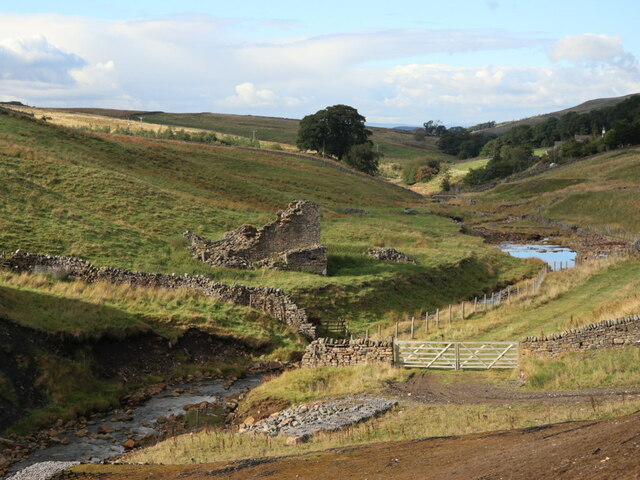Black Cleugh
Valley in Northumberland
England
Black Cleugh

Black Cleugh is a picturesque valley located in Northumberland, England. Nestled within the North Pennines Area of Outstanding Natural Beauty, it offers breathtaking views and a serene atmosphere for visitors and locals alike. The valley is situated near the small village of Allendale, and its natural beauty attracts nature enthusiasts, hikers, and photographers.
The main feature of Black Cleugh is its tranquil stream that runs through the valley, surrounded by lush greenery and rolling hills. The clear waters of the stream create a peaceful ambiance, and the sound of flowing water adds to the valley's charm. Visitors can enjoy leisurely walks alongside the stream, taking in the scenic beauty and observing the abundant wildlife that inhabits the area.
The valley is also known for its rich historical significance. Black Cleugh was once home to a thriving lead mining industry, and remnants of the mining activities can still be seen in the form of old mine entrances and spoil heaps. These historical remnants add an intriguing element to the valley and provide a glimpse into its industrial past.
Black Cleugh is a haven for nature lovers, with its diverse flora and fauna. The valley is home to a variety of bird species, including the rare black grouse and red grouse, making it a popular spot for birdwatching. The surrounding hillsides are covered in heather, providing a stunning purple hue during the blooming season.
Overall, Black Cleugh is a hidden gem in Northumberland, offering visitors a chance to immerse themselves in nature and experience the tranquility of a beautiful valley steeped in history.
If you have any feedback on the listing, please let us know in the comments section below.
Black Cleugh Images
Images are sourced within 2km of 54.826616/-2.325764 or Grid Reference NY7948. Thanks to Geograph Open Source API. All images are credited.

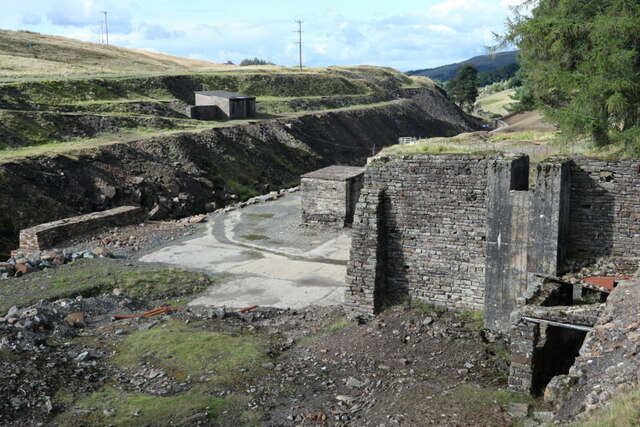
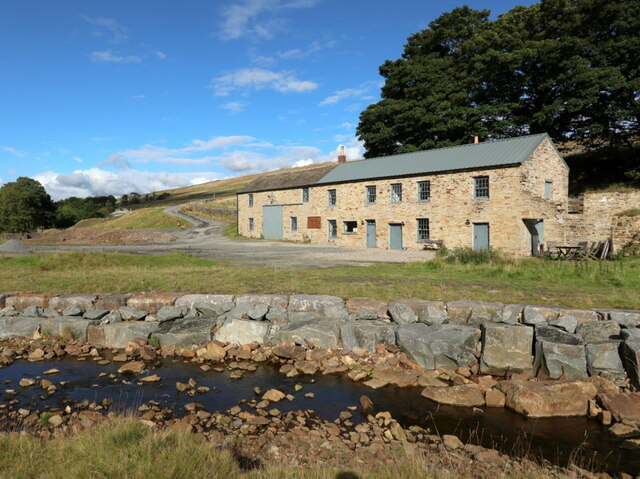
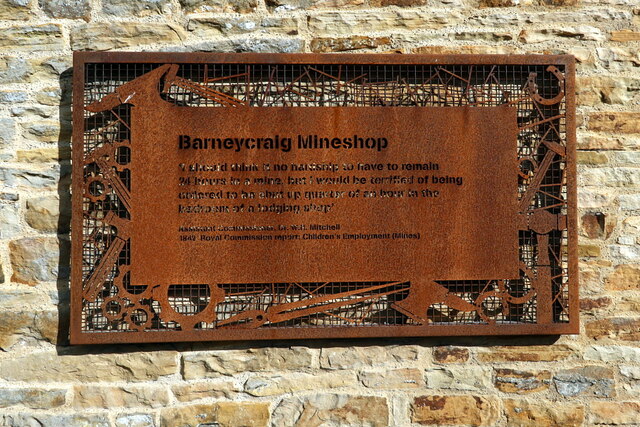
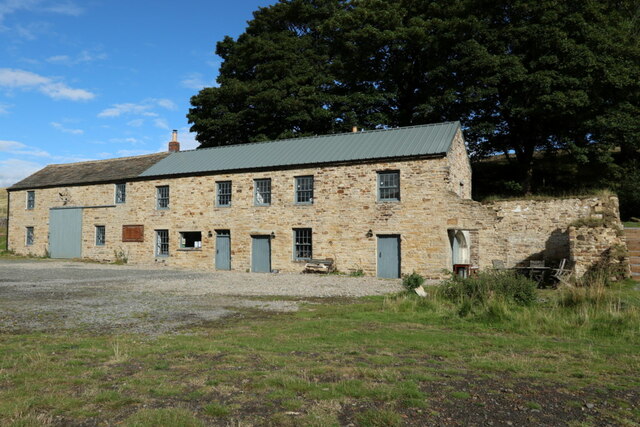
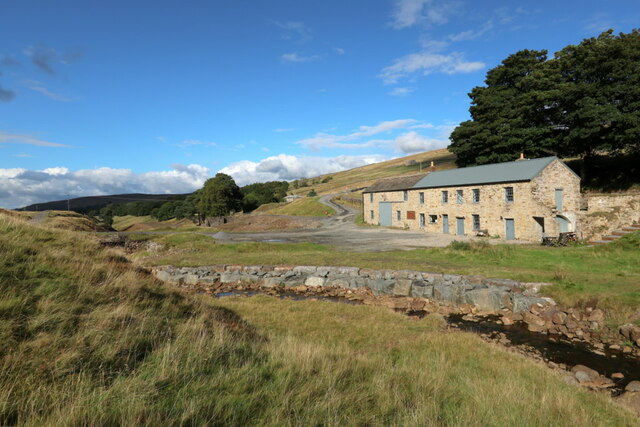
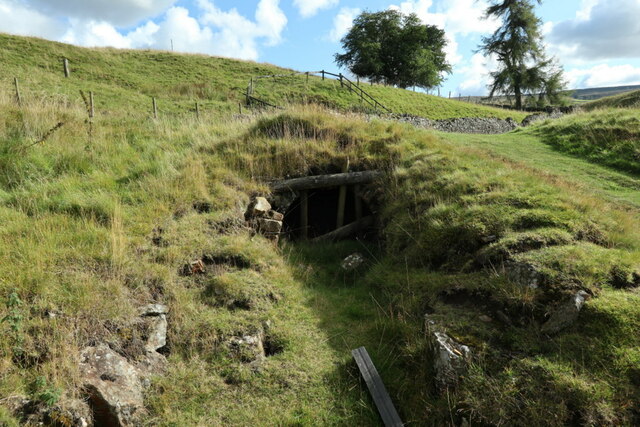







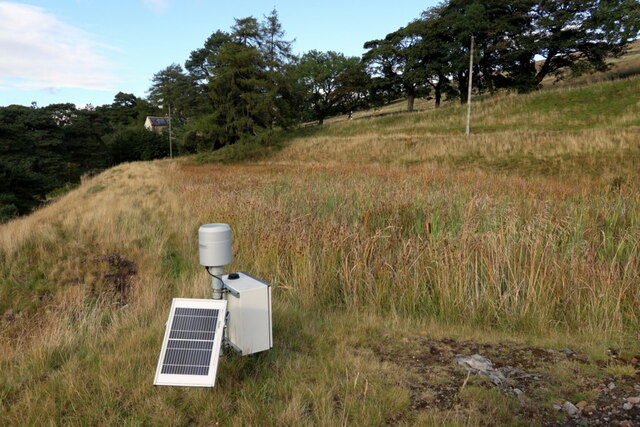

Black Cleugh is located at Grid Ref: NY7948 (Lat: 54.826616, Lng: -2.325764)
Unitary Authority: Northumberland
Police Authority: Northumbria
What 3 Words
///manager.juicy.signal. Near Alston, Cumbria
Nearby Locations
Related Wikis
Carr Shield
Carrshield is a village in Northumberland, in England. It is situated in the Pennines approximately between Penrith and Hexham. It is a small village with...
Throssel Hole Buddhist Abbey
Throssel Hole Buddhist Abbey is a Buddhist monastery and retreat centre located in Northumberland, in northern England. The monastic order is equally for...
Allendale Moors
Allendale Moors is a Site of Special Scientific Interest (SSSI) in Northumberland, England. The upland moorland ridge site is listed for its heath, flush...
Coalcleugh
Coalcleugh is a hamlet in Northumberland, England. It is situated in the Pennines between Penrith and Hexham. In the past it was well known as a lead mining...
Rampghill mine
Rampgill mine is a disused lead mine at Nenthead, Alston Moor, Cumbria, England UK Grid Reference: NY78184351It was one of the most extensive and productive...
Nenthead
Nenthead ( NENT-hed) in the county of Cumbria is one of England's highest villages, at around 1,437 feet (438 m). It was not built until the middle of...
Ouston, Ninebanks
Ouston is a small settlement in south west Northumberland, England in the North Pennines Area of Outstanding Natural Beauty 8 miles (13 km) north-east...
Killhope Cross
Killhope Cross (elevation 627 m; 2,057 ft) is a mountain pass in the English Pennines. The pass divides Weardale to the east and Cumbria to the west. The...
Nearby Amenities
Located within 500m of 54.826616,-2.325764Have you been to Black Cleugh?
Leave your review of Black Cleugh below (or comments, questions and feedback).

